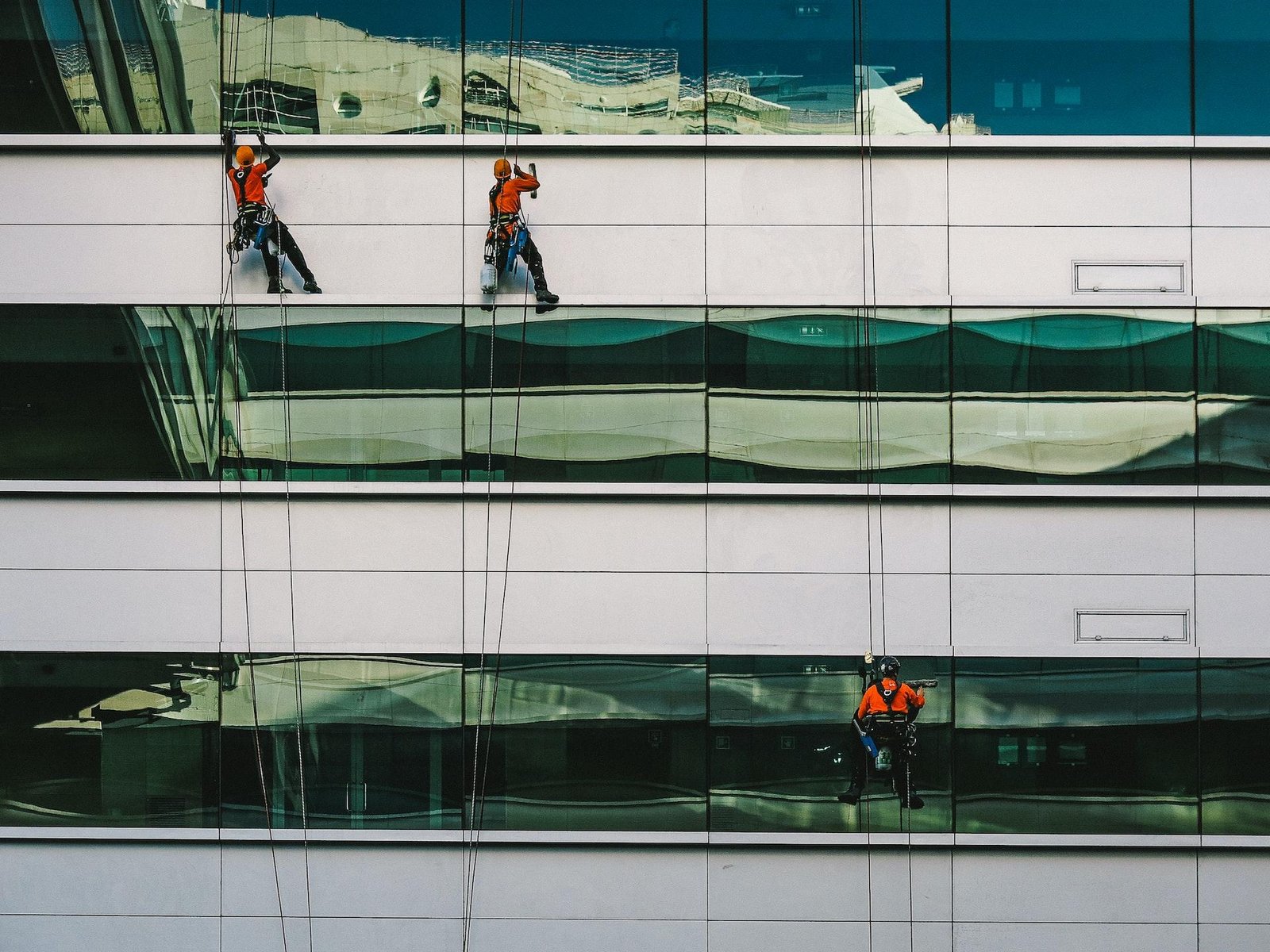Falls from ladders, scaffolds, and roofs account for more than one-third of all fatal on-the-job injuries. Falls from elevated surfaces also lead to significant numbers of nonfatal injuries as well.
Falls are a frequent cause of injury in the workplace. While falls can happen anywhere, they’re more likely to occur in places where workers don’t have access to proper fall protection equipment. They can also lead to costly litigation. Falls can happen if you have slippery floors, uneven walking surfaces, or poorly lit work areas.
It’s important that workers understand fall hazards and know how to prevent them. Here are five tips:
Make sure workers are using the right ladder for the job
Ladders come in many sizes and shapes, but they all have one thing in common — they’re designed to make it easier for you to reach tall objects or surfaces that would otherwise be difficult to reach. If workers are using a ladder for anything other than its intended purpose, such as climbing over objects or carrying heavy loads on top of it, then you should find another way to complete that task safely.
They should always use both hands when climbing a ladder. Climbing ladders is often considered one of the most dangerous tasks in construction and other industries where workers must frequently reach high places. It’s important for workers to not only climb with both hands, but with both feet at the same time, so that if something happens while they’re climbing higher on your ladder, they stay in control of it without falling and injuring themselves or someone else another below. It is very important that you do everything you can to keep your workers safe and healthy.
Using seat belts
If workers are working from a height, they should use a fall protection system with a lifeline and properly fitting harness. A harness should be worn at all times when working from a height of 6 feet (1.8 meters) or more above the ground, unless employed on a permanent structure such as scaffolding or a ladder.
You should also use fall protection measures such as guardrails and safety nets when working at height.
Wear proper footwear
Many falls occur when employees slip or fall on stairs or slippery surfaces due to inappropriate footwear. To reduce this risk, require employees to wear appropriate footwear in all areas where they have potential exposure to slips, trips and falls. For example, if there’s a wet floor in the bathroom and the employee has to walk through it, require them to wear non-slip shoes or sandals with good traction treads instead of regular shoes that can’t grip on wet floors.
Safety training for workers on Workplace
The best way to prevent falls in the workplace is with ongoing training.
Employee safety training should include:
· Training on how fall prevention equipment works at the workplace, including how to use it and when it needs maintenance.
· Training on how to use equipment safely in workplace, such as ladders and scaffolds.
· Training on proper work site procedures for workers who are at risk of falling (for example, those who work at heights).
Provide regular training to your workers so they know how to use scaffolding safely and how to respond if someone else falls. They also need the best work at heights training to stay safe and protected. Be sure to remind them to always wear fall protection equipment while on scaffolds or working at heights.
The best way to prevent falls is by making sure your employees are trained to do their jobs safely and correctly — and that they practice what they’ve learned until it becomes second nature. Taking time out each day for safety reminders also helps ensure that everyone knows what to do if there’s an emergency situation or accident.
Ensure adequate lighting throughout the facility
Poor lighting can increase the risk of falls because it makes it harder for people to see hazards around them. If your facility has dimly lit areas where employees need to walk during their shift (such as outside hallways), install additional lighting so they can see clearly while walking through these areas at night or during times when natural light isn’t available enough for safe passage through these areas.
As you can see, there are many ways to prevent falls on the job. By taking a few simple steps and following good safety habits, you can keep your workers safer and less likely to fall off ladders or slip on floors.


